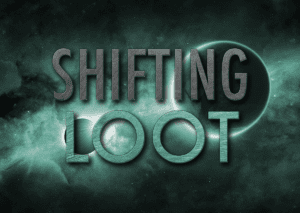 I just read a blog post called 10 Creepy Historical Vampires You’ve Never Heard Of, and it got me thinking about the history behind the vampire myths.
I just read a blog post called 10 Creepy Historical Vampires You’ve Never Heard Of, and it got me thinking about the history behind the vampire myths.
Now, I know quite a few things about the history of vampire myths. Of course, everyone knows of Vlad the Impaler, the inspiration behind Bram Stoker’s Dracula, but vampires, by many names, were whole-heartedly feared in many cultures. I’m going to focus on the European cultures I know more about.
There isn’t a lot of common ground between vampire myths other than a string of deaths (of known or unknown cause) blamed on someone recently deceased, and that the deceased is dug up and either cremated, staked, or decapitated with its head placed on its chest or at its feet (little fuzzier on this detail).
In some cases, the “vampire” is described as decayed, decomposing, a revenant (who sounded more like zombies than vampires, except they drank blood rather than ate brains). In other cases, part of their evidence is the fact that the body was dug up but the body wasn’t decayed. This second category I find interesting. It makes me wonder what time of year the bodies were buried. We’re talking times in history when a body was buried, and that was that. Any form of death investigation, cutting of cadavers, etc. was considered sacrilege. I can’t imagine they were overly familiar with the effects cold weather had on dead bodies. Like, for example, the fact that a dead body can go six months or more without decomposing, depending on the region and severity of the winter season. And if an illness swept through the village immediately after a death? Illnesses were more common in the winter, when food was scarcer and cold weather left people more susceptible.
Some of the cases from the blog post above had me thinking about the circumstances surrounding it. Several involved men who were bad men when alive. It’s possible the man was declared dead without actually being dead, and simply went about his life as he ordinarily would (sort of), scaring the crap out of everyone when he woke up.
The association with night likely had more to do with inborn fears of the dark and the predators of the night (exacerbated by our own natural sensory weaknesses in low light) than any need of darkness by revenants. That part of the myth didn’t arise until the 19th century with the invention of Dracula. They are characteristically more active at night, but had no weakness to daylight.
One thing I found interesting was the reason they staked the bodies. On Wikipedia, it says that they would drive a stake in the skin of the chest to deflate the bloated body, in the process implying they believed that this bloating process was a part of the process of a revenant rising, not a natural part of decomposition.
Discover more from Danielle Forrest | Sci-Fi Romance Author
Subscribe to get the latest posts sent to your email.



